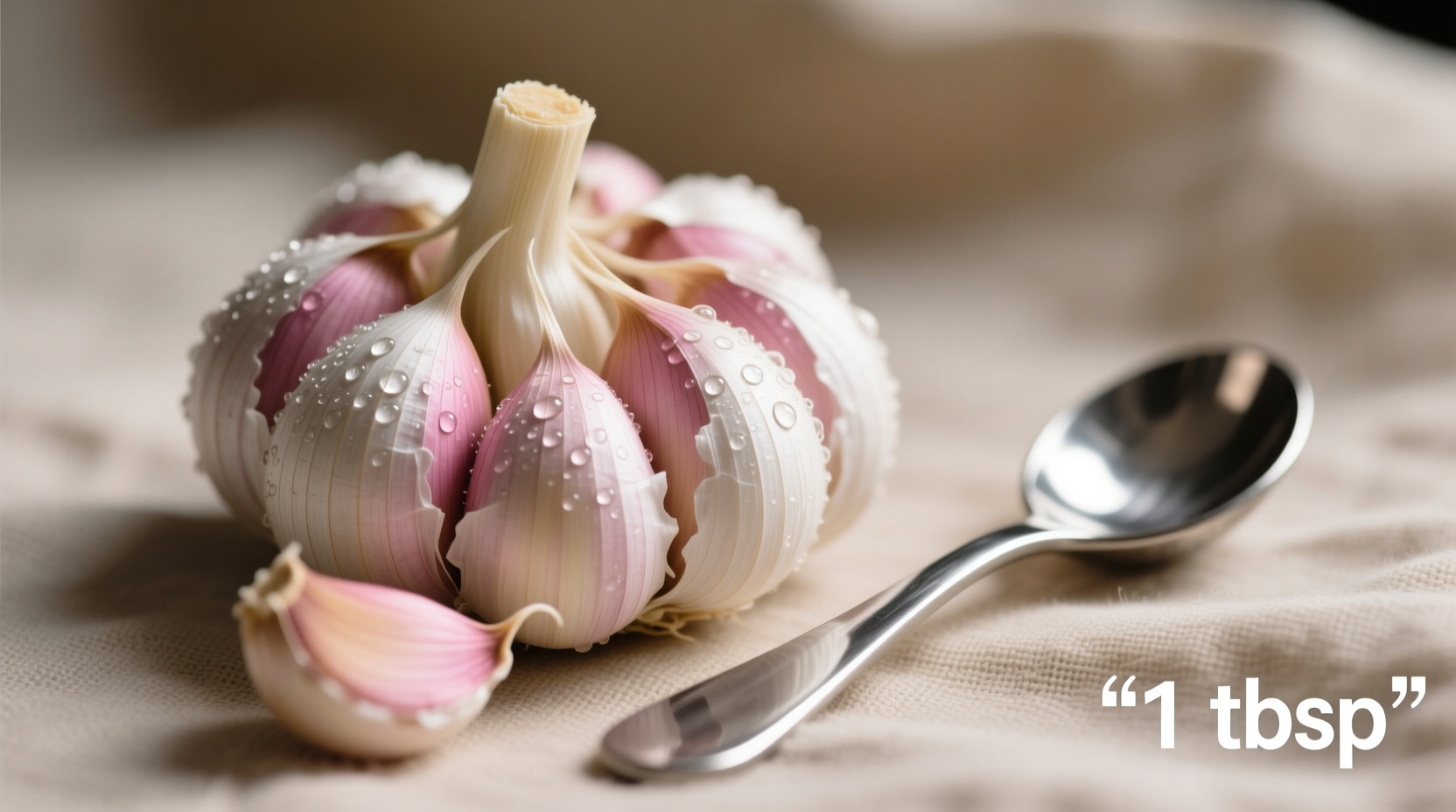When you're searching for natural approaches to manage blood pressure, understanding what actually works matters. Garlic has been studied for decades as a potential complementary approach to hypertension management, but separating scientific fact from popular claims requires careful examination of the evidence. This guide provides a clear, research-backed perspective on garlic's role in blood pressure management—what works, what doesn't, and how to incorporate it safely alongside conventional treatment.
What the Science Actually Reveals About Garlic and Blood Pressure
Multiple clinical studies and meta-analyses have investigated garlic's potential effects on blood pressure. A comprehensive 2020 meta-analysis published in Experimental and Therapeutic Medicine reviewed 12 randomized controlled trials involving 845 participants. The analysis confirmed that garlic supplementation significantly reduced both systolic and diastolic blood pressure, with the most notable effects seen in individuals with hypertension.
| Garlic Form | Average Systolic BP Reduction | Time to Noticeable Effect | Evidence Strength |
|---|---|---|---|
| Aged garlic extract | 5-8 mmHg | 8-12 weeks | ★★★★☆ |
| Raw garlic consumption | 4-6 mmHg | 12+ weeks | ★★★☆☆ |
| Garlic powder tablets | 3-5 mmHg | 8-12 weeks | ★★★☆☆ |
| Standardized garlic oil | 2-4 mmHg | 12+ weeks | ★★☆☆☆ |
This evidence comparison, based on data from the National Center for Biotechnology Information, shows that while garlic can produce measurable reductions, the effects are modest compared to prescription medications, which typically reduce systolic blood pressure by 10-15 mmHg.
How Garlic Works: The Biological Mechanisms
The active compound responsible for garlic's potential cardiovascular benefits is allicin, which forms when raw garlic is crushed or chopped. Allicin converts to other organosulfur compounds that appear to:
- Promote vasodilation by increasing nitric oxide production
- Reduce arterial stiffness through antioxidant effects
- Inhibit angiotensin-converting enzyme (similar to ACE inhibitor medications)
- Decrease oxidative stress in blood vessels
However, the amount of active compounds varies dramatically depending on preparation method. Raw garlic contains alliin, which converts to allicin when crushed. Cooking immediately after crushing destroys much of the enzyme responsible for this conversion. For maximum benefit, let crushed garlic sit for 10 minutes before cooking to allow allicin formation.

Practical Application: What Actually Works
Based on clinical research, here's how to effectively incorporate garlic for potential blood pressure benefits:
Effective Forms and Dosages
- Aged garlic extract: 600-1,200 mg daily in divided doses (most studied form with consistent results)
- Raw garlic: 1-4 cloves daily, crushed and allowed to sit for 10 minutes before consumption
- Cooked garlic: Less effective but still beneficial when prepared properly (crush first, wait 10 minutes, then cook)
Realistic Timeline for Results
Unlike medication that works within hours, garlic's effects build gradually. Research from the American Heart Association indicates most people see measurable changes after 8-12 weeks of consistent use. Don't expect immediate results—this is a long-term complementary approach.
Important Limitations and Safety Considerations
While garlic shows promise as a complementary approach, critical context boundaries exist:
When Garlic Isn't Enough
Garlic's blood pressure reduction is modest and shouldn't replace prescribed medication for:
- Individuals with stage 2 hypertension (systolic ≥140 mmHg)
- Those with existing cardiovascular disease
- People requiring rapid blood pressure control
Medication Interactions to Consider
Garlic can interact with several common medications:
- Blood thinners: May increase bleeding risk when combined with warfarin or aspirin
- HIV medications: May reduce effectiveness of saquinavir
- Some blood pressure medications: Could cause excessive lowering when combined with certain drugs
Always consult your physician before adding garlic supplements to your regimen, especially if you take any medications. The National Center for Complementary and Integrative Health recommends discussing potential interactions with your healthcare provider.
Integrating Garlic Into Your Blood Pressure Management Plan
For those interested in incorporating garlic as part of a comprehensive approach to blood pressure management:
- Continue taking prescribed medications unless your doctor advises otherwise
- Consider adding 1-2 raw garlic cloves daily to your diet (crushed, allowed to sit, then added to food)
- Track your blood pressure readings consistently for 3 months to assess any changes
- Combine with other evidence-based approaches: DASH diet, regular exercise, stress management
- Discuss your garlic use with your healthcare provider at your next appointment
Remember that garlic works best as part of a comprehensive lifestyle approach to blood pressure management, not as a standalone solution. The most significant improvements come from combining multiple evidence-based strategies under medical supervision.











 浙公网安备
33010002000092号
浙公网安备
33010002000092号 浙B2-20120091-4
浙B2-20120091-4